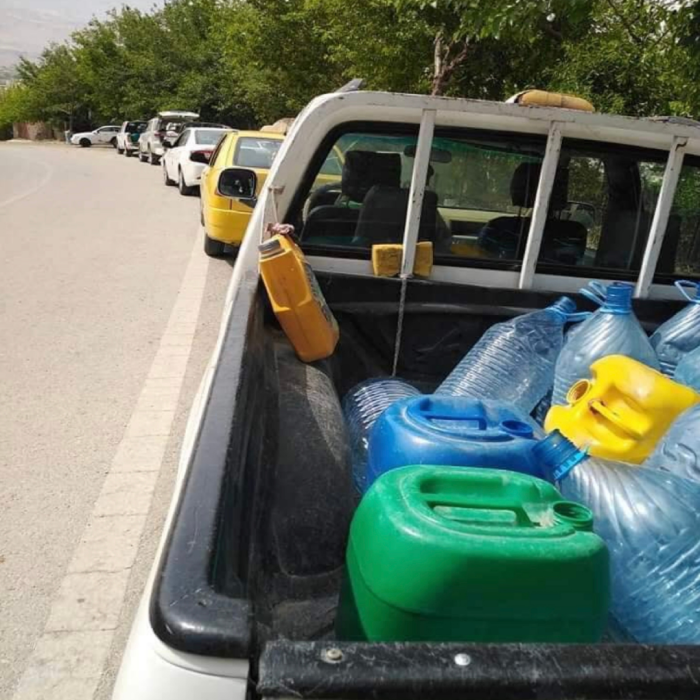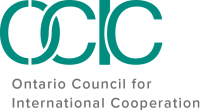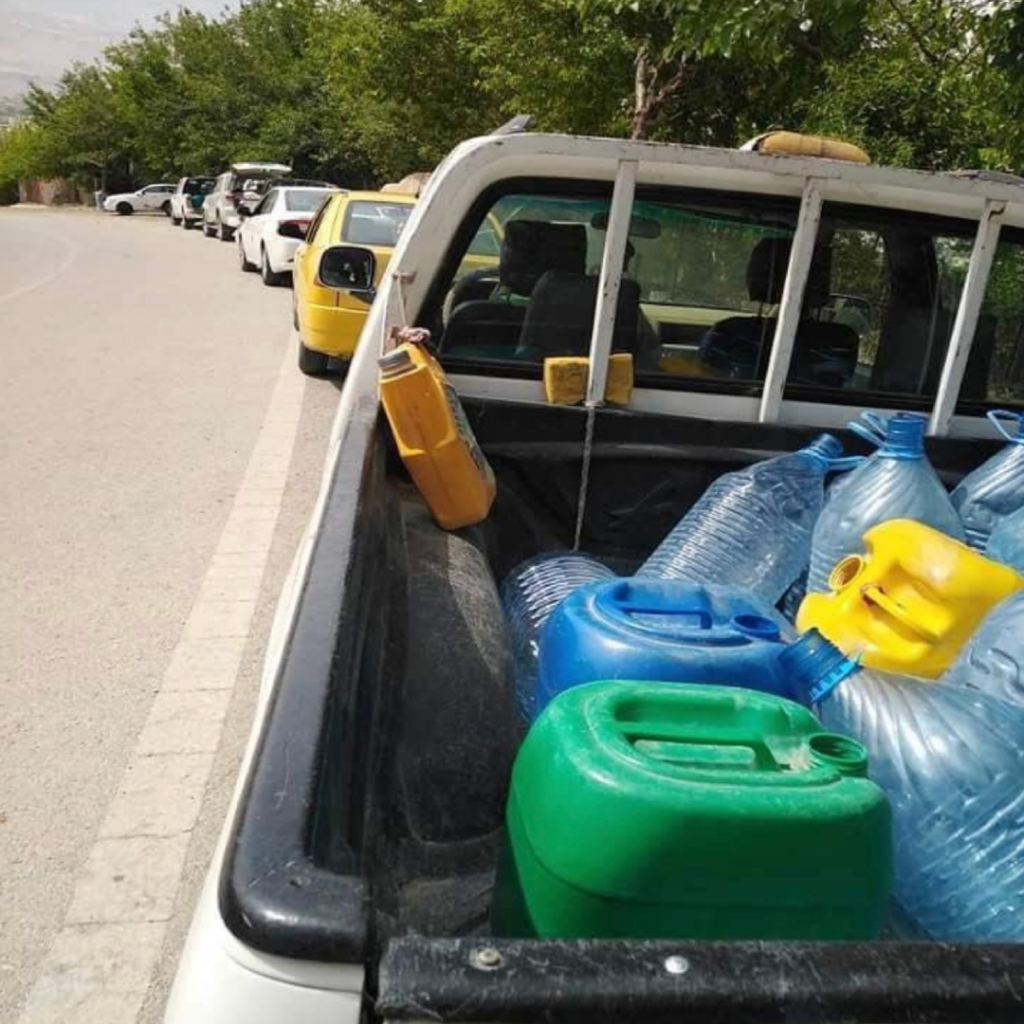In a Rainy Spring and Between Two Dams, a City Thirsts for Water!
By Baker H. Amin
Growing up, one of my biggest weekly challenges was to plan for the weekend. Yet, this was not in the traditional Western sense; rather than discovering new places to go out with my friends and family, this planning consisted of determining which springs and wells to drive to in order to get 7 days worth of fresh drinking water! In a more just world, my city of Darbandikhan in Kurdistan-Iraq should have been well-served by the nearby Darbandikhan Lake and Sirwan River. Yet, due to the neighboring water projects on Sirawn River and a combination of other internal factors, these water bodies have been contaminated, making the waters undrinkable and the situation still remains stagnant!
Biography and Natural Landmark Status
Darbandikhan is a beautiful city in Sulaymaniyah, situated in the Kurdistan Region of Iraq (KRI). With over 50,000 inhabitants, surrounded by the Baranan, Zmnako and Zarda mountains, the lake of Sirwan is one of the main water sources for the Darbandikhan Dam and recently completed Dewana Dam. Given the fact that it is composed of fairly flat areas of grass and mountains covered with forests, the area has also become a home for plenty of wildlife, while several picnic spots, historical sites, and beautiful examples of architecture make it a great place for tourists to visit.

Dams, Reservoirs, and Hydropower
Darbandikhan Lake is one of three main lakes in Kurdistan that were built in 1961 on the Diyala-Sirwan watercourse, 230 kilometers Northeast of Baghdad. Four main tributaries; the Tanjaro and Zalm, which are two internal waterways, and the Sirwan and Zmkan rivers, which originate from Iran; feed the dam. This means that the reservoir is well-connected, and given the fact that it has the capacity for 3 billion cubic meters of water, it’s essential for the region’s water supply. It also produces hydroelectric power of up to 249 MW, supports flood risk reduction, and is a significant resource for fishing and irrigation for those living on the edge of the river up to the Diyala Basin.
Dewana Dam: An Alternative?
The Dewana Dam is attached to the Dewana stream, which is located southwest of Derbandikhan. Recently finished dam is surrounded by several mountains and features a strike ridge that separates it from the surrounding basins; it should in theory have very fresh and drinkable water. As such, it could be reserved as an alternative source of safe drinking water for Darbandikhan residents. However, the one main issue is that the waters of the Dewana Dam have already been somewhat contaminated by Darbandikan’s sewage and wastewater. There are also time constraints to enacting a plan that incorporates the Dewana Dam because the city has not yet linked it to its main water distribution network (given the fact that the dam was completed last year).
Climate Changes and Neighboring Water Projects
Reports and regional assessments have named Iraq as one of most vulnerable countries in regard to the negative effects of global warming. For example, a recent World Bank report warned that Iraq would be hit particularly hard by climate change, which by extension would have a significant impact on both employment and the economy. One major reason for this is because at the moment, Iraq’s water supply is largely dependent on the quality and quantity of water received from the shared rivers with Turkey and Iran. Iranian water projects on the shared rivers have altered and rerouted tributaries running through the KRI era. As such, the Sirwan River has continuously reduced its flows into Iraq as it has received less and less water while simultaneously being impacted by the waste, plastic, and other pollutants that have been dumped into the waterbody during the construction process. This has in turn greatly reduced the water quantity of the Tigris River, which has in turn negatively affected water flows to other parts of Iraq.
Heavy Metals and Toxic Sediments in the Water
As of now, the Darbandikhan Dam is at risk of being polluted with chemicals, excess nutrients, abnormal levels of Total Organic Carbon (%TOC), and high levels of mercury (Hg) and lead (Pb) compound elements. This has been spurred by the construction of Iranian dams and tunnels, agricultural and industrial activities, and internal mismanagement in the form of municipal and hospital waste within the Tanjero River Basin. For the past 15 years, these factors have made the waters of the Darbandikhan Dam undrinkable, and, according to the Governorate of Halabja’s official letter to the KRG, made it impossible for the dam to facilitate hydroelectric power or irrigation in the future.
Contamination and Cancer
Darbandikhan Dam is the only source of water supply for the city of Darbandikhan, yet despite this, the water has been proven to be undrinkable without treatment. The heavy metals in the water accumulate directly in the biota and are then transferred into the food chain, causing long-term human health impacts. In fact, a 2018 study found a connection between serum heavy metals level and cancer incidence within Darbandikhan and Kalar City, indicating the severity of this crisis.
Protesting for Water
Including last year and for more than a month, residents of the Darbandikhan several other times have been protested publically and peacfully and spurred public officials into action, to quickly provide financial support to finishing uncompleted the Darbandikhan Water Treatment Project, that extremely essential, and resolve the drinking water issue by removing harmful chemical components from the water. Despite being 90% complete, it is still not complete after nearly 10 years of construction, and to date KRG officials had blamed budget cuts from Baghdad, declining oil prices, and the region’s financial crisis in the past. Yet, protesters believed that those are little more than excuses, and they called for the speedy completion of the project.
Baker H. Amin
Self motivated Human Rights Advocate with years of experience in writing, researching, and consulting on all human rights aspects related to climate challenges. Promoting human rights to a clean and safe environment; taking all possible steps to prevent pollution of natural systems and involving international cooperation to further sustainable development.
References
Karim, KamalH, et al. “Surface analysis and critical review of the Darbandikhan (Khanaqin) fault, Kurdistan Region, Northeast Iraq.” Kurdistan Acad 12 (2016): 61-75.
Faraj, Dana Muhammad, Kawa Z. Abdulrahman, and Nadhir A. Al-Ansari. “The impact of the Tropical Water Project on the operation of Darbandikhan dam.” Journal of King Saud University-Engineering Sciences (2022).
Abdullah, Mukhalad, Nadhir Al-Ansari, and Jan Laue. “Water Resources Projects: Large Storage Dams.” Journal of Earth Sciences and Geotechnical Engineering 9.4 (2019): 109-135.
Chomani, Kamal, and Toon Bijnens. “The impact of the Daryan Dam on the Kurdistan Region of Iraq.” Save the Tigris and Iraqi Marches Campaign (2016).
Al-Husseinawi, Yasir, et al. “Evaluation of the stability of the Darbandikhan Dam after the 12 November 2017 Mw 7.3 Sarpol-e Zahab (Iran–Iraq border) earthquake.” Remote Sensing 10.9 (2018): 1426.
Korsh, A. “Preliminary Field & Lab Report Darbandikhan lake poisoning event.” Nature Iraq Sulaimani, Kurdistan, Iraq September (2008).
Al-Obaidi, Basim Shakir, and Abdulmutalib Raafat Sarhat. “Assessment of Darbandikhan Reservoir’s water for different purposes by using (WQI),(HPI) and (MI) indices.” IOP Conference Series: Earth and Environmental Science. Vol. 1120. No. 1. IOP Publishing, 2022.
Marouf, B. H. “Association between serum heavy metals level and cancer incidence in darbandikhan and Kalar Area, Kurdistan Region, Iraq.” Nigerian journal of clinical practice 21.6 (2018): 766-771.
Al-Qayim, Basim A., and Lanja H. Ahmed. “Gis-based geomorphological analysis of Dewana Basin, Sulaimaniyah, Kurdistan, Iraq.” Iraqi Bulletin of Geology and Mining 11.3 (2015): 61-82.
Din, Badariah Haji, Rekurd S. Maghdid, and Ranjan Naralasetty. “The Role of KRG Policy on Transactional Leadership and Crisis Management.
Stories of Water and Change
In honor of World Water Day 2024, this online feature is dedicated to celebrating the profound connection between individuals and water, while shedding light on pressing global water issues. This diverse collection of personal narratives and photographs serves as a testament to the multifaceted relationships we share with this vital resource. As we immerse ourselves in these accounts, we are not only inspired by the depth of individual experiences but also reminded of the urgent need for collective action to safeguard our planet’s most precious resource.








